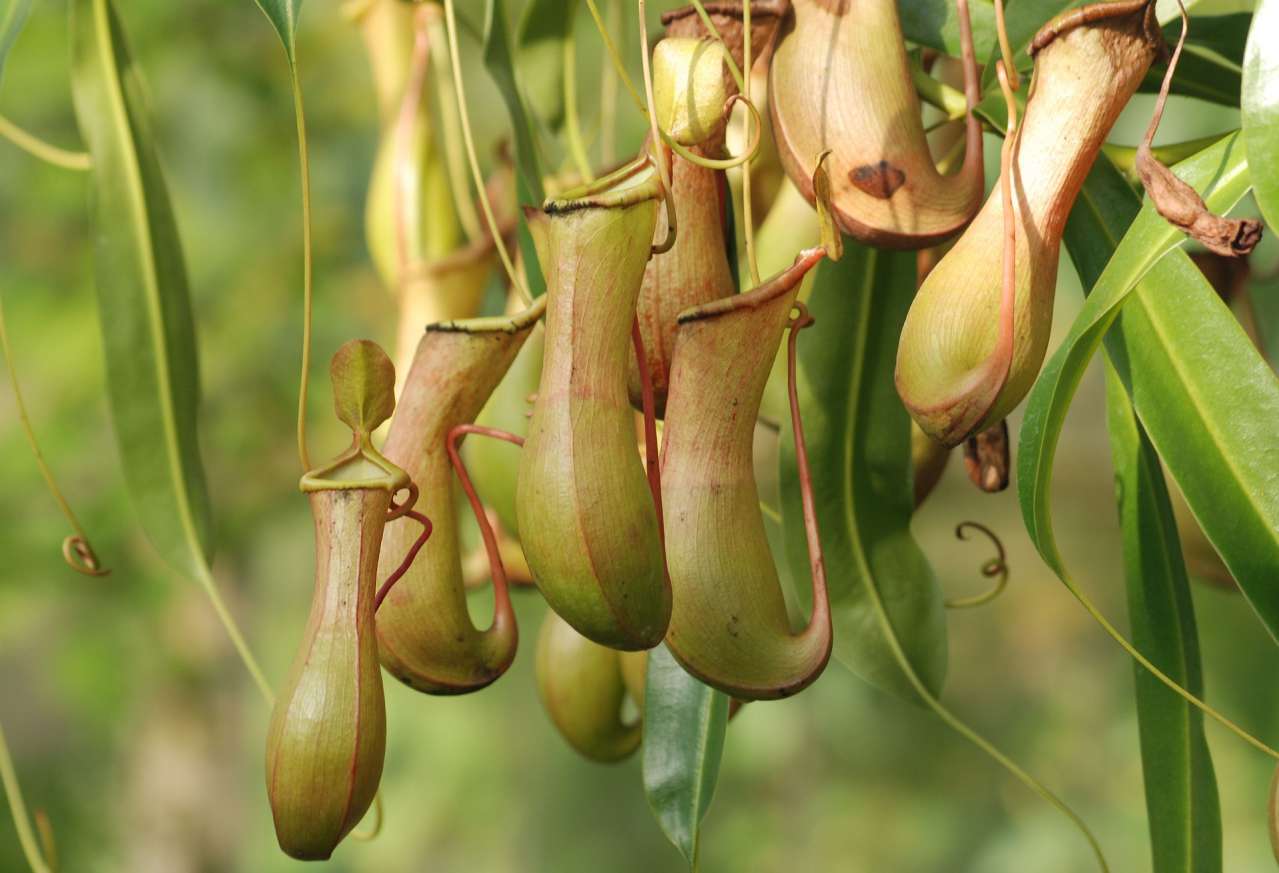Darlingtonia is a perennial, carnivorous plant that feeds on small insects that have had the misfortune to fly to its intoxicating scent.
Lighting
Darlingtonia prefers bright lighting. Watering: Since this plant is a swamp, it must be watered very abundantly, but it is best to dig the pot into moist peat or put it on a stand in a bowl of water and irrigate often.
Use only settled, soft water.

Darlingtonia Care
Darlingtonia prefers a moist semi-shaded place.
The direct rays of the sun harm it more than the lack of light. For watering it is necessary to use only soft water that does not contain calcium and magnesium salts.
It is best not to feed the plant with fertilizers.
The soil
When creating an earthen mix for growing darlingtonia, you should focus on its natural habitats. For a flower, it is best to choose a wide pot.
The best substrate for planting will be a mixture of: high-moor sour peat and green sphagnum moss in a 1: 1 ratio. You can add a fifth of the sand to it.
As a result, the earth mixture should be slightly acidic. Such a substrate must remain constantly moist.
Its composition in equal proportions should include sand without lime impurities, perlite and peat. You can do without perlite, taking only white sand and peat.
Watering
For watering darlingtonia, cold, but always soft, settled water is suitable. In the hot season, it is not worth saving on it.
To avoid overheating of the roots, which must always be kept cold, the pot can be placed in a container with moist peat.
During periods of particularly strong heat, several ice cubes can be laid out on the ground in a pot. Some flower growers allow spraying the plant, but this is not necessary.
When cold weather sets in, when the flower goes to rest, spraying is completely stopped, and the watering rate is reduced.












